Spain is the land of sun and wonderful architecture. It is one of the most popular holiday destination in Europe, where thirsty for Sun gravitate to. We have picked ten great holiday destinations, that you should consider visiting this year.
10. Costa Brava
The Costa Brava boasts a dramatic coastline, which is however very attractive. The mountainous land offers great hiking trails. Meanwhile the coast features soft sandy beaches and warm blue sea attracts bathers from all around Europe.
Why to go there?
The resort town is posited near Barcelona, Salvador Dali museum and vineyards, making it a cool spot for the day trippers.
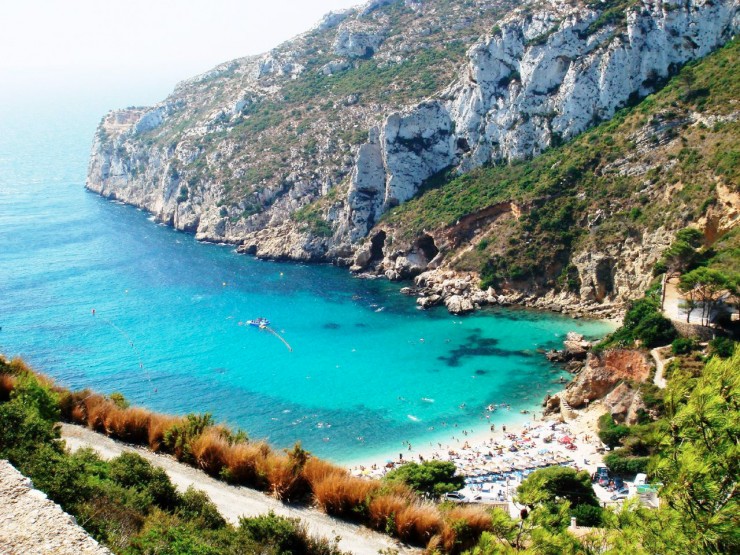
Photo by the Unknown
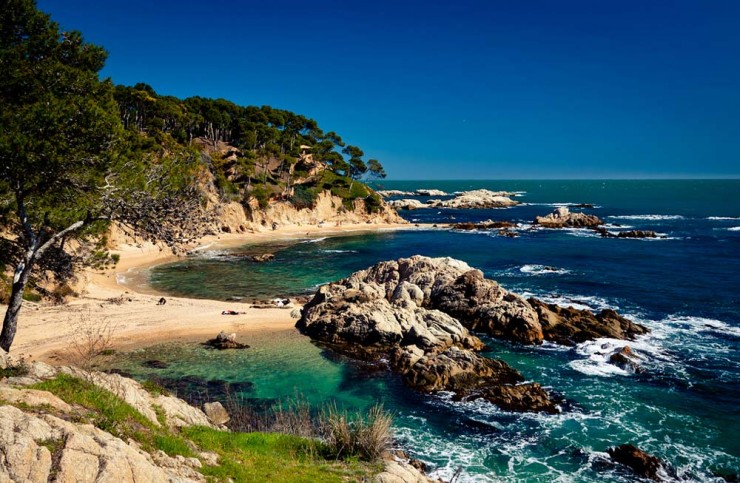
Photo by the Unknown
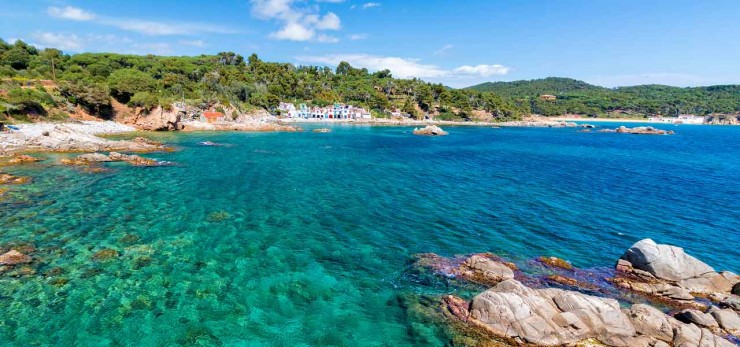
Photo by the Unknown
9. Calonge
Situated on the coastline of the Costa Brava, the town is a popular seaside resort with a Medieval old town on the top of the hill. The most remarkable architectural pieces are the Medieval castle, Sant Martí Church and a web of narrow streets, that feature numerous little shops and cafes. It features nice sandy beaches perfect for bathing, but there are also hidden coves, that can be explored by the more adventurous visitors.
Why to go there?
Also coastal winds create bigger waves, that attract surfers to the town. The hiking trails on the cliffs provide amazing walking opportunities and viewpoints to admire the sunsets.
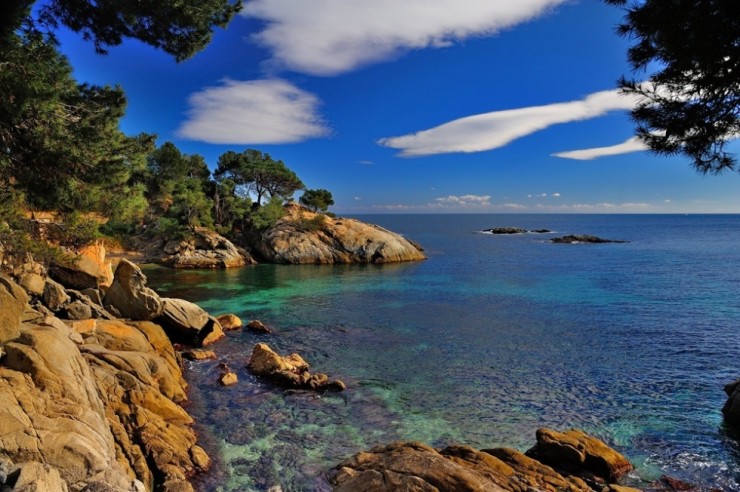
Photo by Jaume Castane
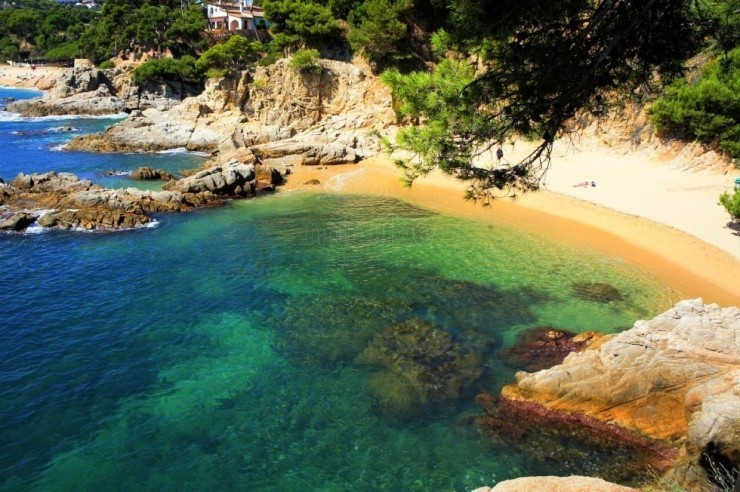
Photo by the Unknown
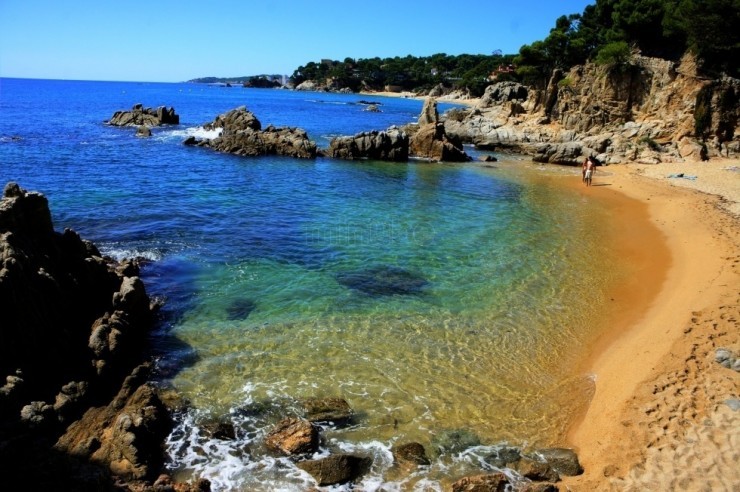
Photo by the Unknown
8. San Sebastian
The beautiful seaside city belongs to the Basque country and is found near the Bay of Biscay. It often ranks among the best European resort cities: its curvy strip of soft sand provides great beaches to sunbathe and swim in warm water. However, adventurous visitors can also enjoy a variety of water sports including kayaking, surfing and water skiing.
It is a historic city founded in the 12th century. Therefore its Old Town is packed with architectural monuments. San Sebastian is also famous for its distinct cuisine: Pintxos is a local specialty – an appetizer made of fresh vegetables, meats, and seafood. Also, the town hosts a number of events, the most famous being the San Sebastian Film Festival and the Jazz Festival.
Why go there? One of the most popular European resort. It features historic architecture, great cuisine, various events and wonderful beaches.
When to go there? Anytime. July and August are the most popular months when beaches and center are packed with tourists.
How to get there? Get there by bus or train from Spain, Portugal, and France. By plane get from various European cities to the local airport, which also has direct flights from Madrid and Barcelona.
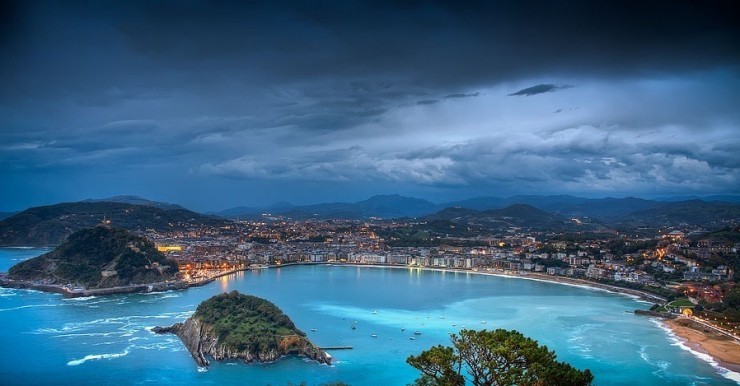
Photo by the Unknown
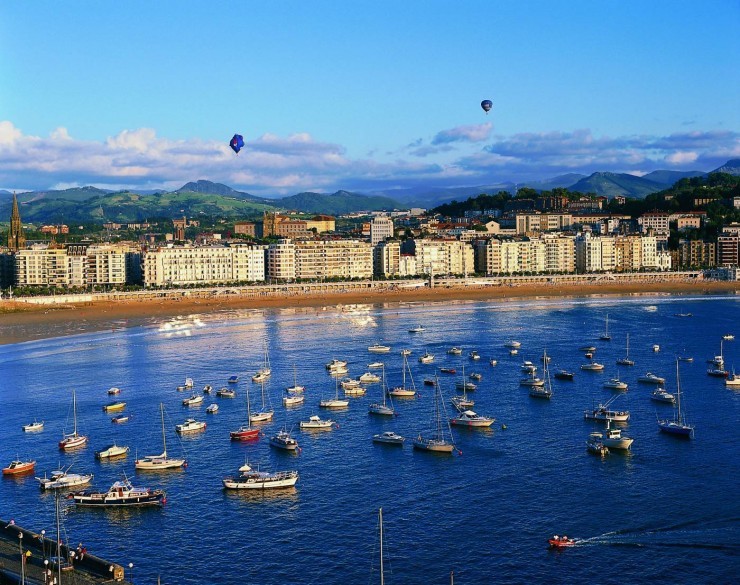
Photo by the Unknown
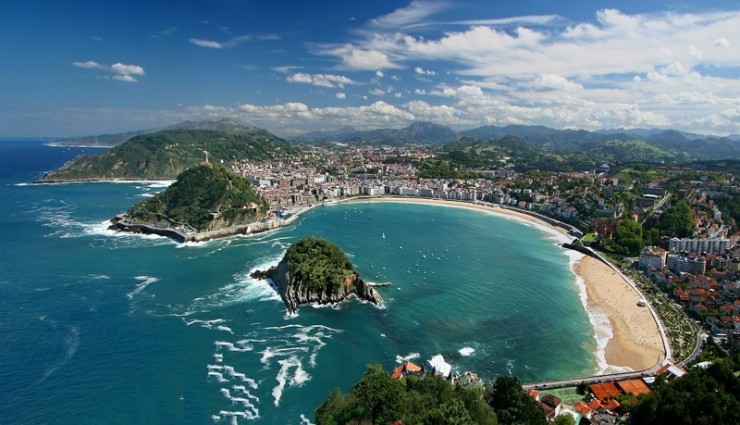
Photo by the Unknown
7. Puerto de Mogán, Gran Canaria
The village is one of the most picturesque places on the resort island of Gran Canaria. Due to many small canals at the harbor, the village is nicknamed „Little Venice“. The tourists often come to Puerto de Mogán even if they are staying somewhere else in Gran Canaria.
The fishing village serves fresh fish for the local restaurants and Friday fish market attracts shoppers from all around the island. The gardens and terraces in the village burst out with various fragrant plants and palm trees. Many apartments are decorated with colorful flowers as well, thus making it an idyllic and auspicious place.
The golden sand beach is indeed special: the sand was imported from Sahara. This is a perfect place to sunbathe, swim and snorkel since the water is clear and full of various fish species. Those who crave for more action can go jet skiing, parascending, sports fishing and on dolphin-spotting trips. Vacationers who want to relax and have fun will find a trip to Puerto de Mogán a very pleasant experience.
Why go there? Beautiful nature, fresh food, great beach, and water.
When to go there? The village is said to have the best climate on Earth. It is pleasantly hot in summer; the days are very warm and long in winter.
How to get there? The village is situated on the southwestern coast of Gran Canaria. Get there by bus or taxi. Buses also run in the village.
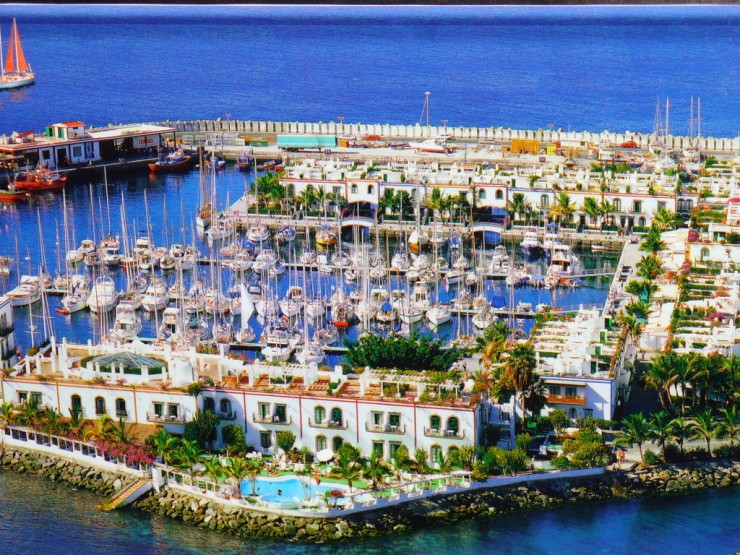
Photo by the Unknown
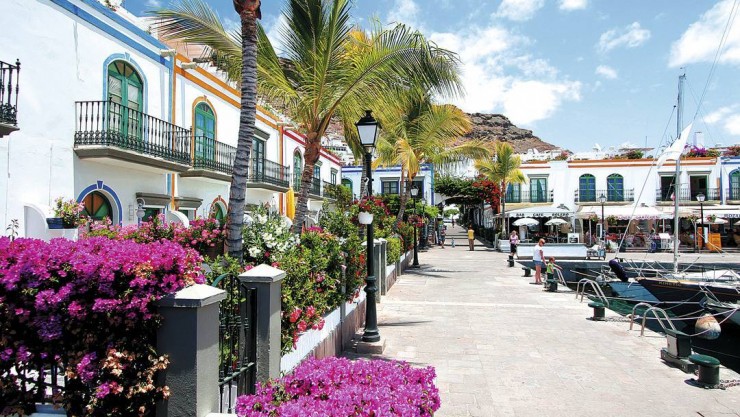
Photo by the Unknown
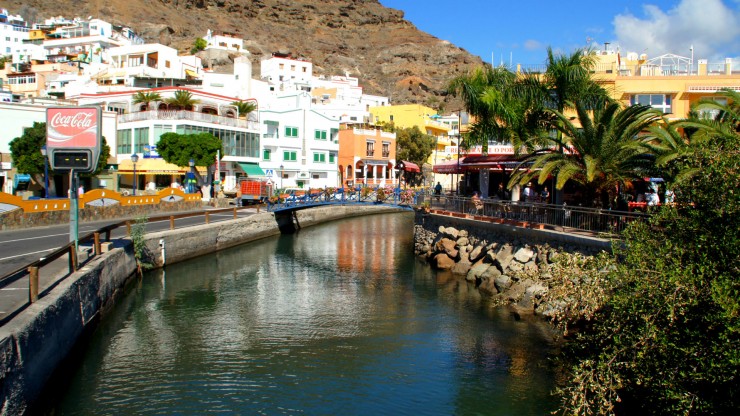
Photo by the Unknown
6. Majorca
One of the most popular Spanish islands attracts thousands of tourists. Known for the pristine beaches and active nightlife, Majorca attracts tourists from the 19th century. Through the decades famous artists like Frédéric Chopin, Agatha Christie, George Sand and Joan Miró have visited and worked here.
Why to go there?
Great holiday destination, various activties, rich nature and culture.
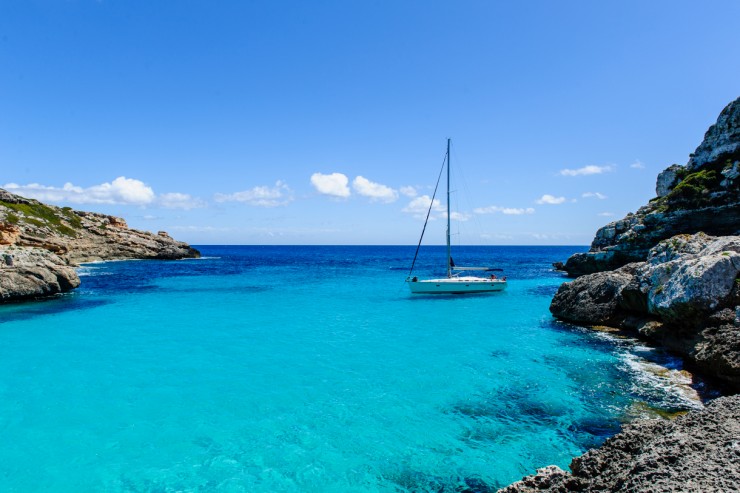
Photo by the Unknown
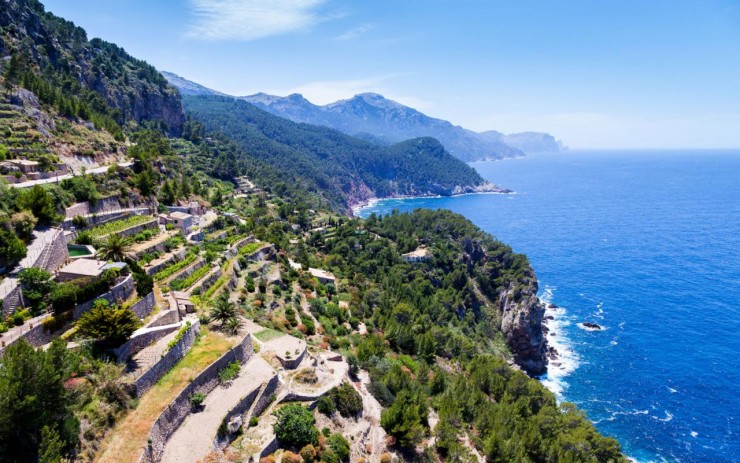
Photo by the Unknown

Photo by the Unknown
5. Menorca
The tiny island in the Mediterranean Sea has 120 amazing beaches! It is certainly one of the most exciting spots from the Balearic Islands group: look at that ridiculously clear water. Besides swimming in the crystal clear water, canoeing and kayaking are other popular activities.
Why to go there?
A great place to enjoy perfect beaches and crystal clear water.
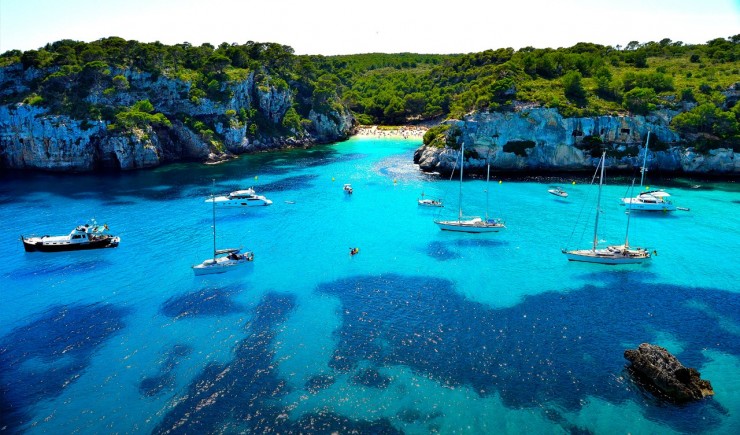
Photo by the Unknown
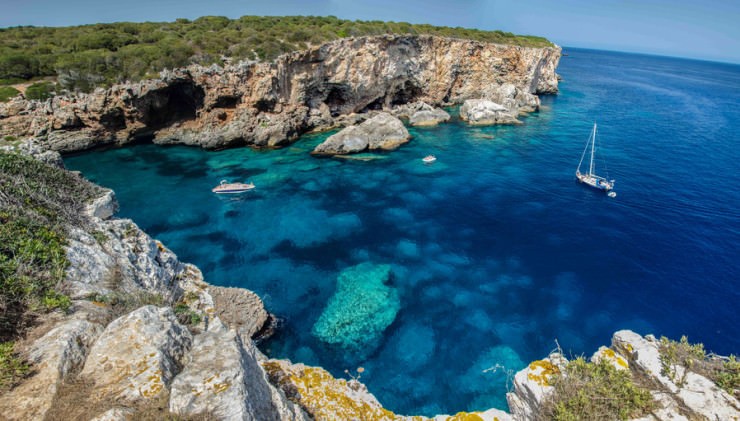
Photo by Carles Alonso
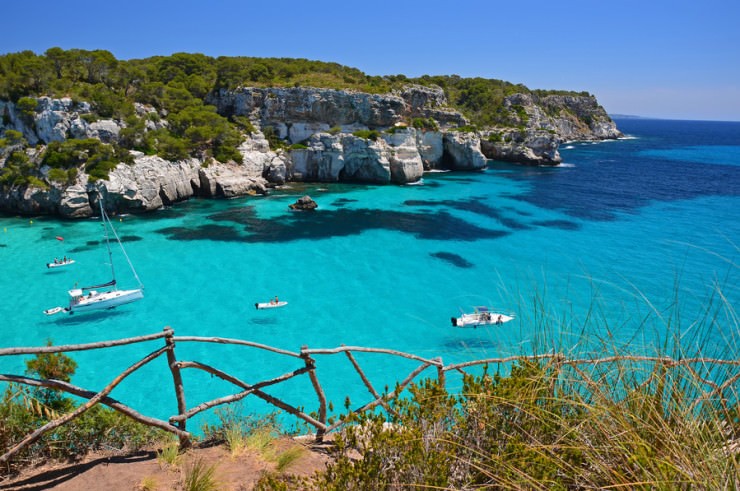
Photo by Pawel Kazmierczak
4. Asturias
The community is known to boast some truly exquisite beaches in Spain. The destination also offers a mountainous scenery, which can be explore via the hiking trails. The white cliffs, emerald water and soft sandy beaches will be endorsed by the sunbathers.
Why to go there?
Asturias also attracts surfers, as some of the beaches experience strong waves. The land is dotted with small pretty towns, offering affordable accommodation.
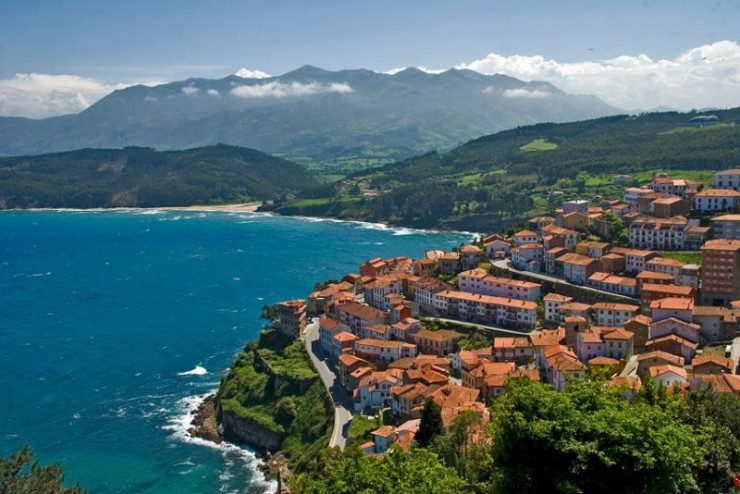
Photo by the Unknown
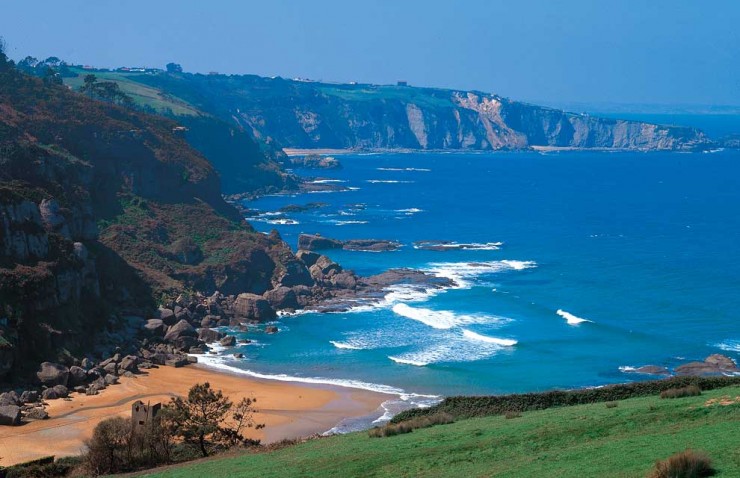
Photo by the Unknown
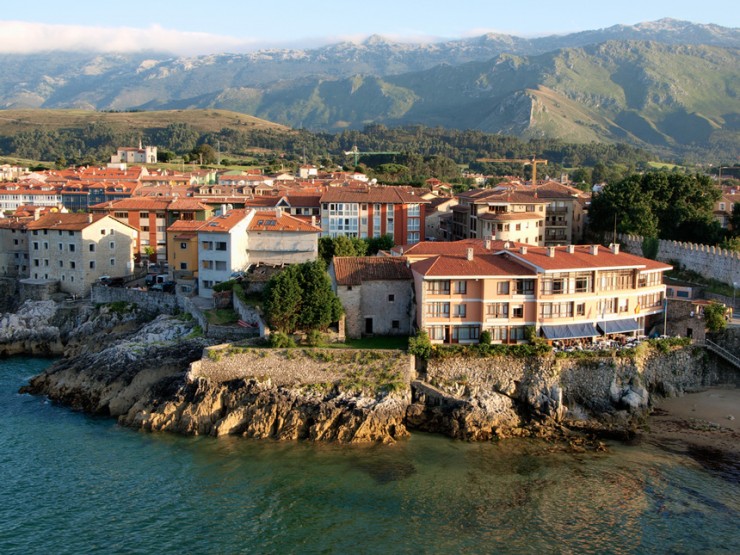
Photo by the Unknown
3. Tenerife
The largest one of the Canary Islands, Tenerife is a popular destination for various reasons. It boasts sandy beaches and crystal clear water, as well as Teide – a tall volcano. The island also boasts Teide National Park, which is protected by UNESCO and is designated as a World Heritage Site.
Why to go there?
Enjoy the sun and beach fun as well as explore the unspoiled and even rough terrain in the National Park.
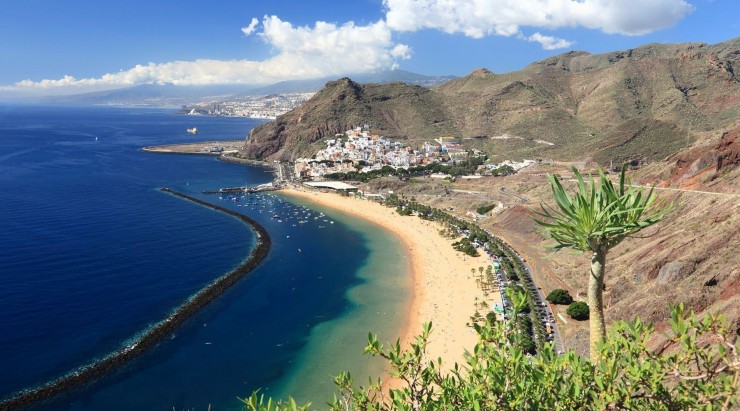
Photo by the Unknown
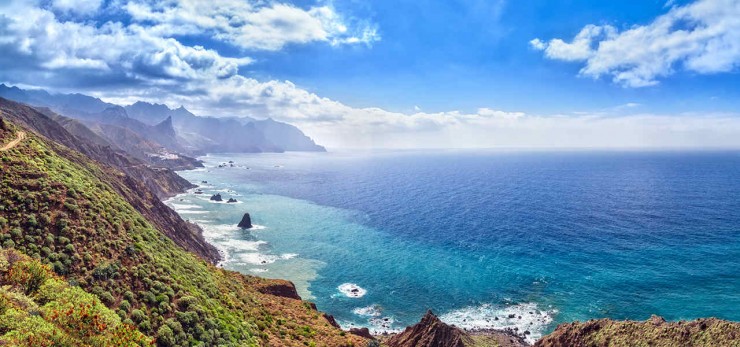
Photo by the Unknown
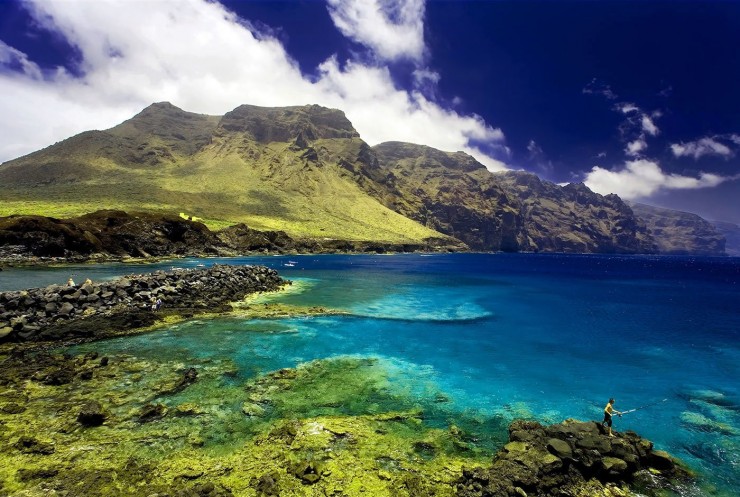
Photo by the Unknown
2. Cantabria
The location apparently has been inhabited since the prehistoric times, since the most precious cave paintings of Altamira are found here. Cantabria is famous for the amazing white limestone cliffs, turquoise water and pristine beaches.
Why to go there?
A very tranquil place to have a relaxing vacation in one of the many resorts in this beautiful community.

Photo by Paolo Margari
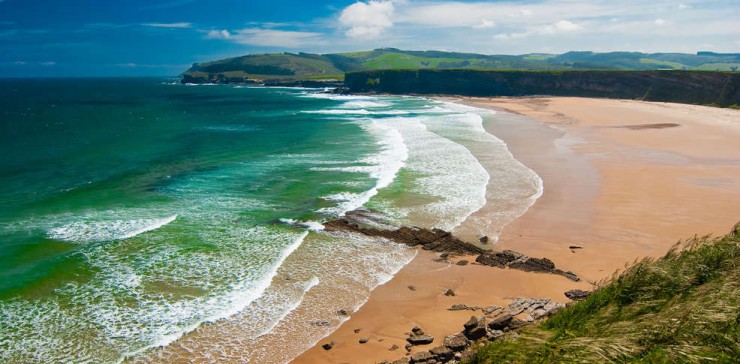
Photo by the Unknown
1. La Palma
The beautiful gem is part of the Canary Islands group. It boasts lush forests and volcanoes, creating a staggering surroundings. Also an abundance of sandy beaches makes it a desirable holiday destination.
Why to go there?
The pristine islands is also a favorite spot by the stargazers and astronomers, as there is a very little light pollution.
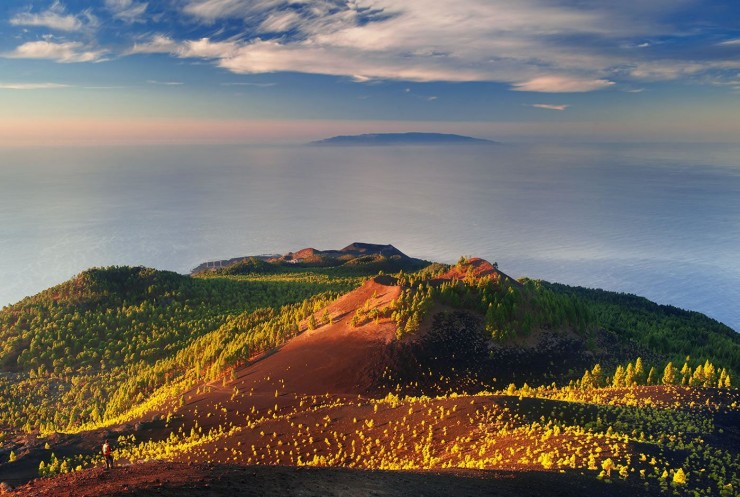
Photo by the Unknown
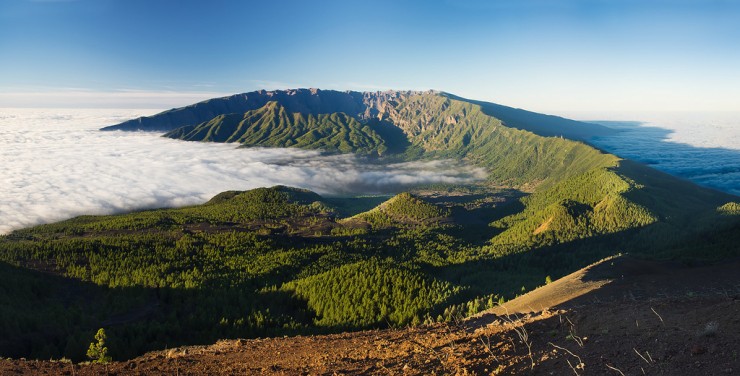
Photo by the Unknown
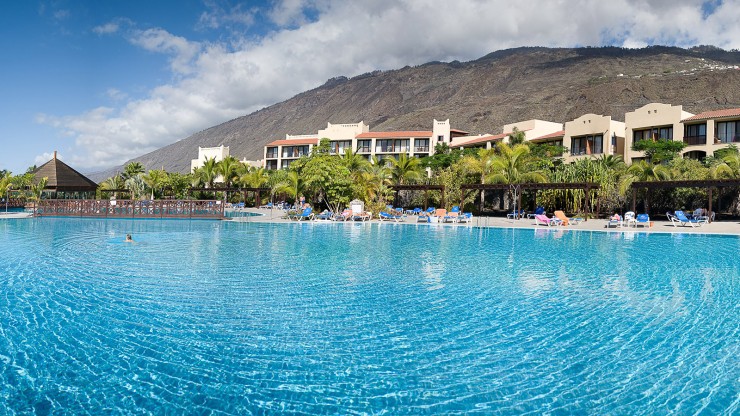
Photo by the Unknown
